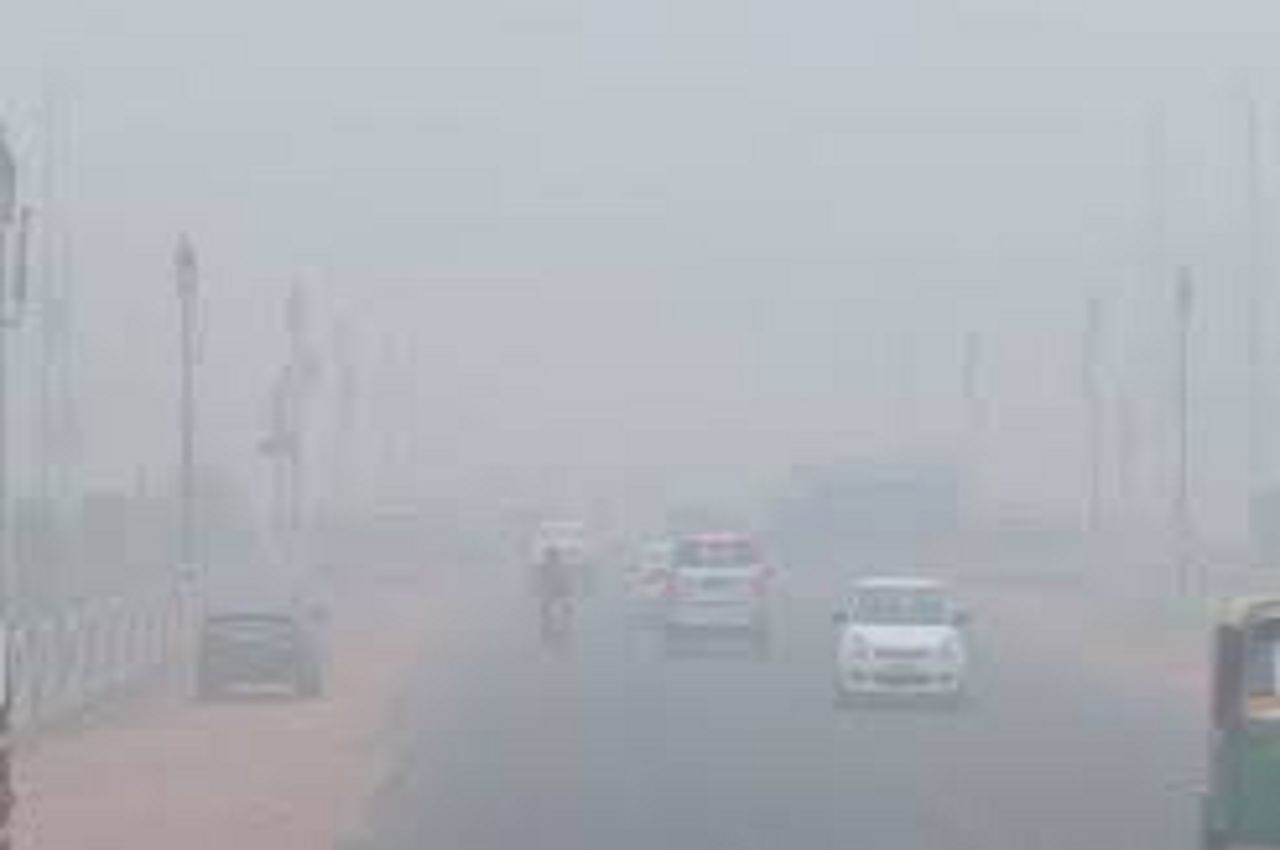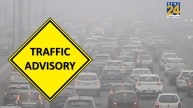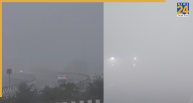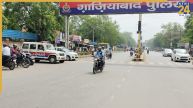New Delhi: On Tuesday morning, Delhi’s overall Air Quality Index (AQI) was 385, indicating that the city’s air quality was still “extremely poor.” According to data released by SAFAR (System of Air Quality and Weather Forecasting And Research) India, Noida, which is a part of the national capital region, recorded an AQI of 444 and moved from the “very poor” to the “severe” category, while Gurugram’s AQI stood at 391 and remained in the “very poor” category.
When the Air Quality Index is between 0 and 100, it is good; when it is between 100 and 200, it is moderate; when it is between 200 and 300, it is bad; when it is between 300 and 400, it is very poor; and when it is between 400 and 500 or above, it is severe. Satellite cities of Delhi’s air quality did not change from the day before. From Wednesday, November 2, Gurgaon is expected to move into the “severe” category. It’s also anticipated that Noida’s air quality would worsen.
Delhi also performed terribly poorly. The highest AQI was 571, reported by Narela in North West Delhi. Almost all of the stations in North Delhi currently have an AQI above 400, making it the area with the worst air quality.
Except for a few, such as Mandir Marg in downtown Delhi, the majority of stations in the city have an AQI of greater than 300.
SAFAR records show that Dhirpur in Model Town has an AQI of 494. With an AQI of 332, the air quality in the area of IGI Airport (T3) was also considered “extremely poor” on Tuesday.
On Saturday, Delhi’s AQI rating moved into the “severe” category. The national capital’s air quality getting worse, Delhi officials stopped all development and demolition until further orders.













